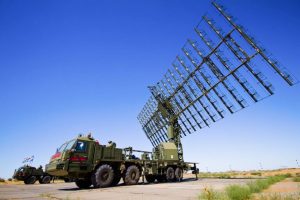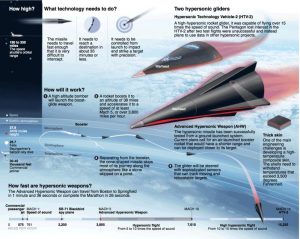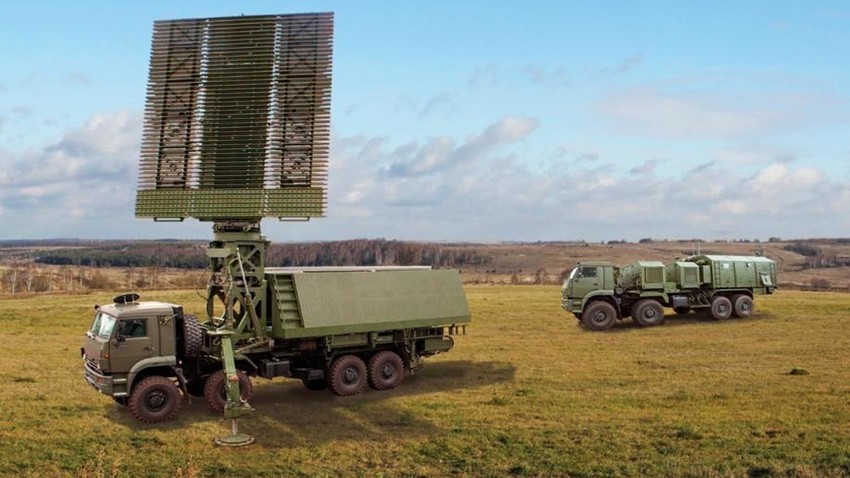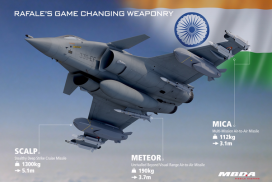Russia’s newest radar system is capable of detecting hyper-sonic targets flying at speeds of 10,800 km/h in close space.
Russia’s Aerospace Force Commander-in-Chief Colonel General Sergei Surovikin reported to Russian media stating the country is developing a new type of long-range radar system to detect and track cruise and hyper-sonic missile threats and stealth aircraft over entire Europe. The radar system will be capable of detecting a wide range of hyper-sonic weapons.

With the export version of the radar, the security that air defense systems provide was taken into account, in order for foreign agencies to expand their reconnaissance capabilities. The radar is expected to be in high demand in countries of the Asia-Pacific region, Middle East and North Africa.
Hyper-sonic missiles and weapons pose a challenge to radar engineers, with new designs intended to circumvent detection. Hyper-sonic mounted guns and heavy artillery are capable of reaching speeds of Mach 5 and are indispensable for military planning and execution. Russian Aerospace Force introduced hyper-sonic weapons such as the Kh-47M2 air-to-surface missile with a claimed top speed of Mach 10. Meanwhile, the People’s Republic of China and the US Military each have their own hyper-sonic initiatives under development.

Hyper-sonic weaponry poses challenges to radar engineers because of their high velocity, radar cross section and hyper manoeuvrability. Contemporary surveillance radars operate at speeds that require up to two seconds to detect and track a threat. A missile travelling at Mach 10 in that time would have already travelled almost 7 km.
Development is underway for the new radar station Nioby for use by radio-technical troops utilizing the latest components and will surpass the Nebo-M radar capabilities in terms of range for detecting aircraft and hyper-sonic missiles and weapons threats. The new radar system is developed to improve the accuracy of hyper-sonic targets in Russian airspace.

The radars receive radio signals reflected from the ionosphere. The antenna can detect threats at a distance of up to 450 km. Once detected, it exchanges information with radar systems and can operate in jamming conditions and detect direction of active noise jammers. It can simultaneously detect 1000 flying objects and recognize 8 classes of targets including anti-radar missiles, high precision munitions and homing missiles.

Since the past five years, radar stations for missile attack early warning systems have been on combat duty in the cities of Orsk, Barnaul, Yeniseisk. These radar stations have been working in conjunction with Pristel space control optical sighting system, Peresvet special-purpose laser system and Container-3M over-the-horizon radar system. The over-the horizon radar has been on combat duty in the Republic of Mordovia, Volga to ensure airspace control over all of Europe and the Middle East at a distance of up to 3,000 km. Radio-technical troops have been deployed on Arctic islands and archipelagos thereby extending the radar detection fields in Arctic latitudes. The Russian Defence Ministry plans to set up a continuous radar field around its borders to detect stealth aircraft and hyper-sonic targets.





